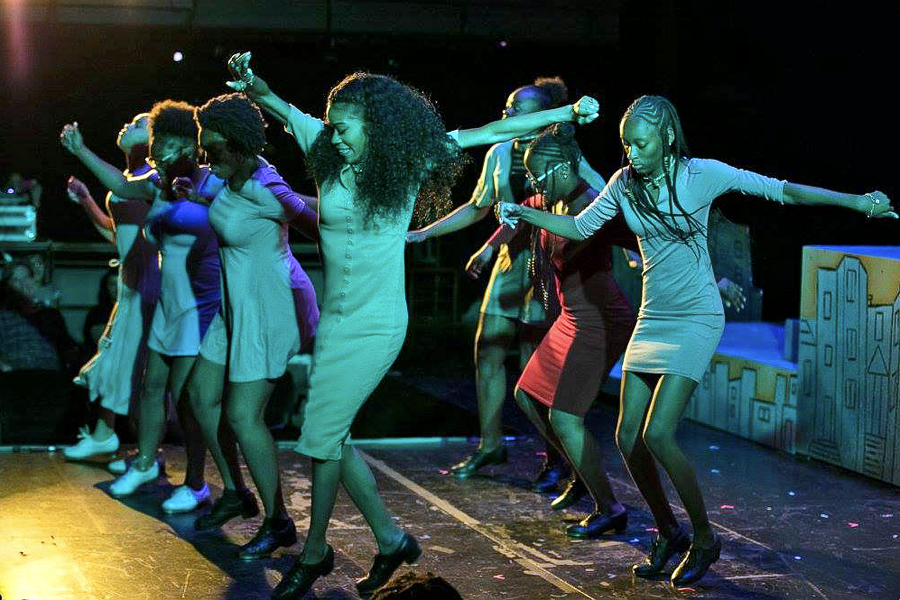Up next in our series of interviews with notable, in-the-know locals: Bril Barrett, tap dancer and founder of dance teaching collective M.A.D.D. Rhythms. Barrett’s all-woman piece, EmpoWOMENt, will be performed at this weekend’s Peacebook event in La Follette Park.
How did EmpoWOMENt come about?
It’s a performance for four to seven young ladies. It’s told through tap—there’s spoken word involved in some of the pieces—and it’s them making a statement about being strong, young African American women. I was raised in a house full of women—I’m a mama’s boy through and through. Some of the things that I see, and some of the stories that the young ladies in the program talk to me about, I thought: we need to turn that into an artistic statement about being a woman in an age where gender can work against you in so many ways.
How does this performance upend traditional ideas about tap dancing?
For a long time, people didn’t even believe you could tell stories with tap like you can with ballet, modern, contemporary dance. Historically, tap was big smiles, big hands, flashy costumes. And as much as I love tap, I understand that it’s a microcosm of what’s going on in America. All the original Hoofers—the original tap dancers—were African American men, and they were pretty much treated like crap by the country they lived in. First, we were fighting for those African American men to get credit for what they did. Then, people weren’t paying attention to the women who contributed to the art form. In EmpoWOMENt, we’re taking that struggle and marrying it with issues these young ladies are facing today.
What specific issues?
The piece includes the song “Four Women,” by Nina Simone. That piece tells the story of four women who’ve been beaten down by societal expectations and still rise to success. We have a spoken word interlude by the singer Jill Scott, which begins with the line “Clearly, I am not a fat ass.” In that piece, our dancers asked to be looked at for more than what they represent physically. And then it ends with Beyoncé’s “Formation.”
You mentioned that tap used to be a form of entertainment for an audience, but this piece seems more like a means of self-exploration.
Self-exploration and self-expression, but also protest. For me, it’s not okay to teach only the art form given what’s going on in our society. I teach young people how to use the art form to fight for change through the art form. Especially in a generation where people think teens are all about social media, these teens will get on stage and make you think.
How does dancing for social change affect the overall mission of M.A.D.D. Rhythms?
M.A.D.D. Rhythms stands for “Making A Difference Dancing Rhythms.” So in the title, there’s always been the idea that everything has to stay connected to our community. I’m from North Lawndale, an underserved community. Tap dance was the vehicle that allowed me to see success in ways other people in my community couldn’t. The company is a vehicle to employ dancers, represent the art form, and give back. A lot of times, people get successful and the main goal is to get out of the community. There’s nothing wrong with that, but if everybody who becomes successful moves away, then what examples do the next generation coming up have to look at? They don’t see you, so now you’re almost like a ghost story. It’s important to stay connected to our community.
Our young people constantly see professionals who make their living doing the art form we’re teaching them how to do. It’s not “I dance for the fun of it then go back to my regular life.” It’s “I dance, and now I can take the skills I’ve learned back to my household and do something with them.” I think that’s the connecting piece in all of this.



